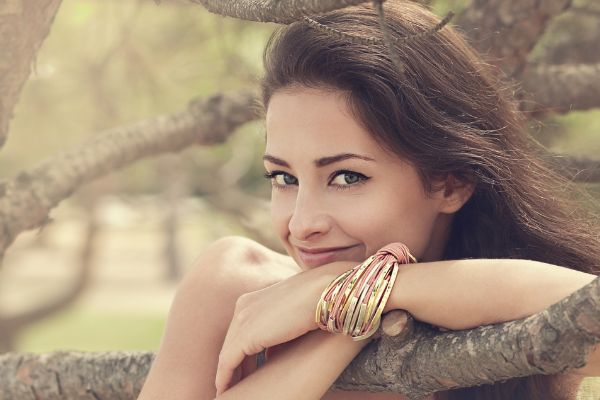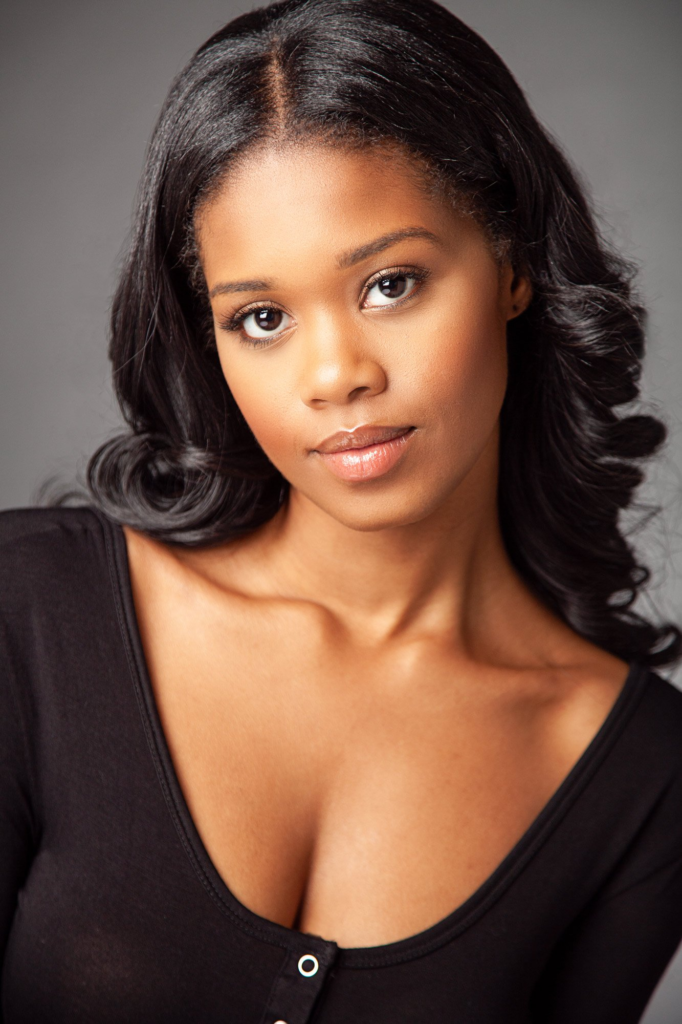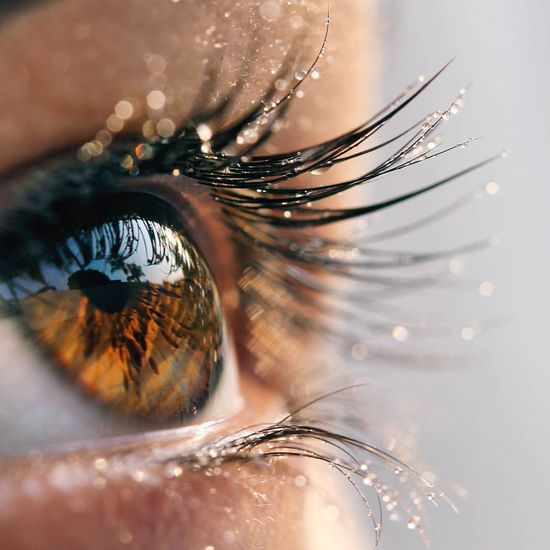Headshot – A photograph of someone’s face, head and shoulders.
Headshots are mainly used as passport photos, resumes and for actors and musicians. This style of portrait helps to clearly define the subjects facial features as well as provide a clear basis for people to make assumptions on someone’s character, possibly based of appearance (like how they dress).

The first person to experiment with headshots in 1839 was Robert Cornelius. However, in 1854 André-Adolphe-Eugène Disdéri produced a more cost effective way of taking headshot photos, by cutting up full-sized plates into 4 seperate small portraits. These photos soon became known as Carte-de-visite.

These grew in popularity across both Europe and the US, where families of wealthy class got them to exercise their wealth. With some people such as queen Victoria getting one to flex her status.

The modern headshot is now used as an art form, for exploring different ways of portraying the face. They can also be used as professional headshots of someone with an influential status, like a celebrity. These can be used as a marketing purpose and can be sold. Another thing headshots are used for today are passport, or ID photographs. These are used to show someone’s age, identity and that they are suitable to fly.

Headshots and Techniques
Lighting-
The technical definition of lighting, or illumination is the deliberate use of light to achieve practical or aesthetic effects. Lighting includes the use of both artificial light sources like lamps and light fixtures, as well as natural illumination by capturing daylight.

There are different types of lighting, such as soft lighting, natural lighting, artificial lighting and hard lighting etc. Soft lighting is a type of light with few hard shadows that’s bright yet balanced. In soft lighting, the transition between the light and the shadows is more of a gradient and much smoother. When your subject is bathed in soft light, there will be little to no shadows on their face.

Hard lighting is a focused, often bright light that casts harsh shadows and draws attention to a specific part of a photo. In hard lighting, the transition between the light and the shadows is very harsh and defined.

Framing-
Framing in photography refers to the process of composing a picture. It involves choosing what you’ll include in the frame and what you’ll leave out. The goal is to create a pleasing composition that directs the viewer’s attention to the subject matter.

Headshots-
A headshot is a tightly cropped photo of the face, from the shoulders up. The subject is camera aware and typically looking right in the lens. Years ago, headshots were reserved for actors and models. For talent, these images are in some ways more important than a resume.

Focusing-
In photography, focus is the sharpest area of the image. It is the area where the lens works to highlight an object, a person, or a situation. Focus is one of the pillars of photography, along with ISO, aperture, and shutter speed. You can either use automatic or manual focus.

Focus on eyes-
In photography, focus is the sharpest area of the image. It is the area where the lens works to highlight an object, a person, or a situation. Focus is one of the pillars of photography, along with ISO, aperture, and shutter speed. You can either use automatic or manual focus.
Using AF (Autofocus) place the square, or set of squares on one eye of your subject. If the subject’s other eye is not on the same horizontal plane as the AF square, it will be out of focus. So, move your subject, or tilt your camera (if you can without ruining composition) so that the eyes are on the same plane.

Pose-
If you pose for a photograph or painting, you stay in a particular position so that someone can photograph you or paint you. Eg. position yourself, sit, model, strike a pose etc.

Expression-
Expression is the action of making known one’s thoughts or feelings. In impressionist photography you create an image to communicate to others, using visual language, how you feel about a specific idea or a subject.


A great blog post looking into the history and origin of headshots. On our blog with resources we have made references to Passport photos and the Deadpan aesthetic – you might want to research those too as they are relevant to this study and future photographic tasks on Typology.
https://hautlieucreative.co.uk/photo25al/2023/11/24/headshots-jac/
https://www.gov.uk/government/publications/passport-photos-guide-for-photographers
https://stevemiddlehurstcontextandnarrative.wordpress.com/2015/02/24/the-deadpan-aesthetic/